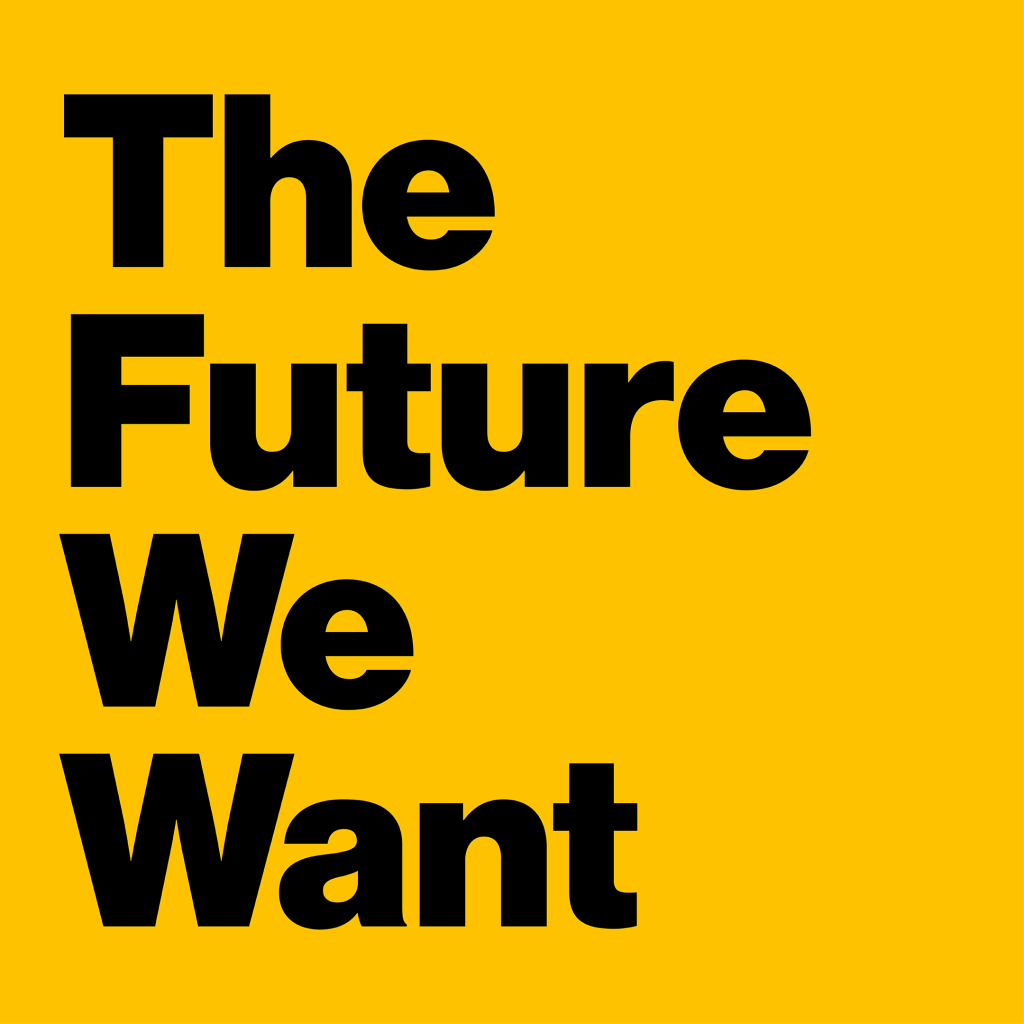Why the World Needs Regenerative Philanthropy
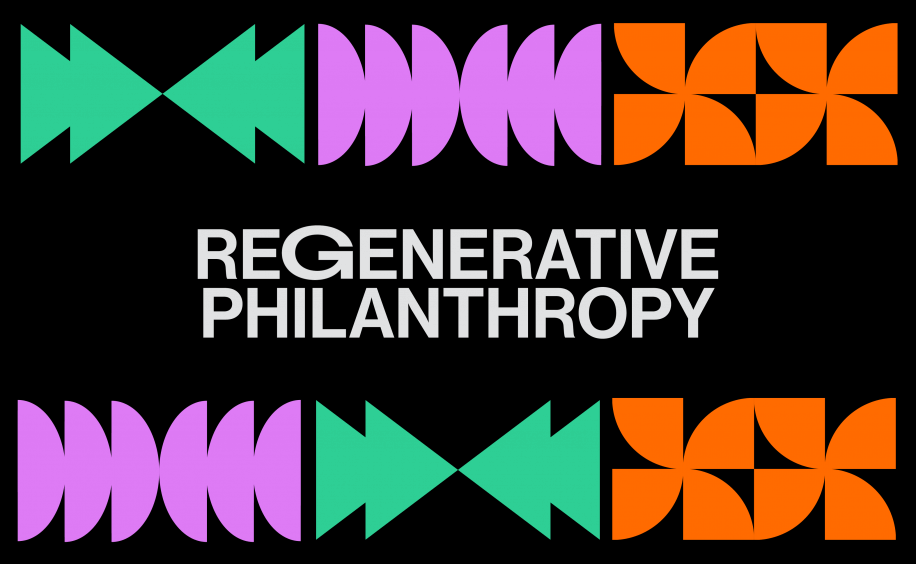
Imagining a future of philanthropy rooted in humility and a new perspective on power
Oakland, California, is home to an incredible lineage of Black arts and community-driven justice movements. It’s there where renowned music producer, entrepreneur, and inventor Bosko Kante’s nonprofit HiiiWAV provides mentorship, business skills, and space for imagining to Black musicians and technologists.
Against strong currents of displacement, HiiiWAV needed financing to secure a permanent home in Oakland for their incubator program to take root and grow. As an organization woven so deeply into the fabric of the community, this should have been an easy pitch. Instead, the journey proved treacherous, demoralizing, and downright exhausting – thanks, almost entirely, to experiences with philanthropy. HiiiWAV’s situation isn’t new or uncommon–it reveals how modern philanthropy reinforces old imbalances it was meant to address.
When Philanthropy Fails
Kante applied for funding explicitly meant to enable Black ownership, only to later learn that true control of the building would be in the hands of the funder. He discovered he would need to partner with an organization he didn’t know well to bolster his chances of receiving a grant. And when he was eventually awarded anchor funding, it was rescinded and re-awarded several times without explanation.

“I have a 30-year history as a producer in the music community. You can come to an event and hear the artists talk. They’ll say we’ve been instrumental in helping build and move their careers forward. I’m not going anywhere. How much do you need to see and hear to trust me at least a little bit?” – Bosko Kante, HiiiWAV
Despite his every effort to meet the requirements of several seemingly supportive foundations, promises were reneged, partnerships were revoked, dollars were taken back, and HiiiWAV lost their shot at home after home.
Thankfully, this story has a happy ending. And we’ll get there.
Some aspects of how social good gets funded are rooted in – and often perpetuate – harm to the very people and communities philanthropy hopes to serve. While philanthropy has helped our society make progress on issues – from public health to higher education to bolstering the arts – we’re working from a faulty foundation.
We see folks speaking out against philanthropy functioning as a tax-shelter for the rich, the failure of philanthropy to address societal problems from an intersectional vantage point, and calling for community-centric fundraising and the decolonization of wealth to name a few of the ongoing calls for change.
As a sector, philanthropy is beginning to reckon with the reality that the capital upon which much of its work is based is rooted in white colonization, enslavement, and theft of Black and Indigenous bodies, land, resources, and power. This capital continues to determine who has wealth (among many other things) and who doesn’t in this country. And when that’s the enduring context, it can feel intimidating to try and create meaningful systemic change from within the system.
What we’ve learned through our work and conversations with the field points to a regenerative approach – one that requires incredible humility, a changed perspective on power, and a commitment to act at a scale of human-to-human relationships first. Together it gives us a hopeful vision for what regenerative philanthropy might look like – dismantling old paradigms to become aware, additive, and alive, and generate true social and cultural renewal.
Three New Principles for Regenerative Philanthropy
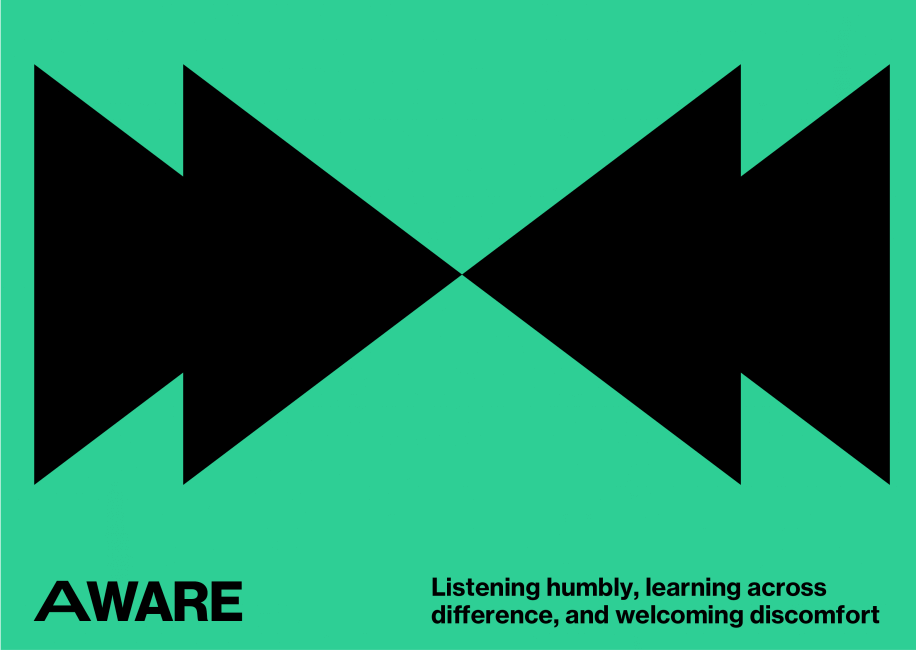
One major source of tension in philanthropy is how to define impact – and who it is that does the defining. Measures of success can be selective and definitions of impact may happen in an echo chamber, lacking the voices of those closest to the problems. Grantees are often under pressure to contort their work to match the data and outcomes that funders believe define success. Impact metrics are chosen because they’re easy to measure and track over time. Nevermind the sometimes less quantifiable results that signal important shifts in behavior, culture or practice.
Philanthropies that don’t embrace learning or welcome diverse perspectives face a high risk of acting without a true understanding of the problems at play, solutions that may be possible, or changes already happening at a grassroots level.
How do we begin to solve this incongruence? Listening directly to grantees’ definition of success – on their terms – is a great place to start. For example, Marlow Baines is an activist working with Earth Guardians to train youth leaders at the intersection of environmental and climate justice. She described an experience where her team proudly reported the impact they had achieved: out of nine youth leaders, seven had been placed in well-paying jobs with influential environmental organizations. But funders were only interested in hearing how many trees they had planted.
When philanthropy misses the forest for the trees (forgive me), it loses out on holistic, enduring impact. If philanthropy can let go of the illusion of complete knowledge and pursue humble learning from those they seek to support, it sets the table for meaningful impact.
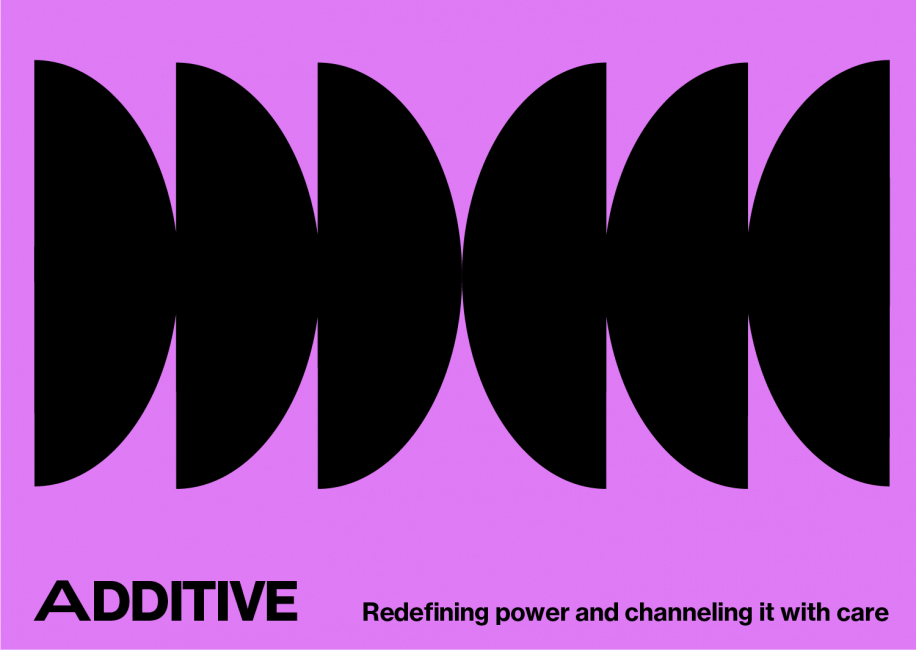
For too long, those with the money have been calling the shots and – subconsciously or otherwise – protecting their resources from radical redistribution. However, our conversations with foundation leaders and grantees revealed emerging views of power that challenge norms and nurture the potential for transformative action.
“The best case is when you’re helping set the conditions, but not necessarily setting the direction,” says Lara Galinsky, Head of Partnerships at the nonprofit Project Liberty. This echoes the writing of Margaret Wheatley and Deborah Frieze of the Berkana Institute whose paper, Using Emergence to Take Social Innovation to Scale, reads, “In nature, change never happens as a result of top-down, pre-conceived strategic plans, or from the mandate of any single individual or boss. Change begins as local actions spring up simultaneously in many different areas.”
For Dana K. Bezerra, the former head of Heron Foundation, philanthropy will only realize its full purpose by giving up authority and control to act on principles of reciprocity found in natural systems. In her open letter to the field, she writes: “Moving forward, we’re ceding power. We’re not selecting enterprises to support. Communities are determining how, when, and where to use resources, strengthening the network because of it.”
The question of who holds resources – and how they are distributed and shared – exposes some of the painful nerves of participating in a capitalist society. Should philanthropy preserve its own capital in perpetuity, or aim to put itself out of business by redistributing resources in a network of mutual stewardship?
At the Abundant Futures Fund, a donor collaborative focused on immigrant justice, Mayra Peters-Quintero is working to make transformational investments in field-based leadership to address urgent needs and systems change. “We’re trying to understand the structures of power in order to release money to where it’s needed most – not just to critique the structures that created the money,” she says.
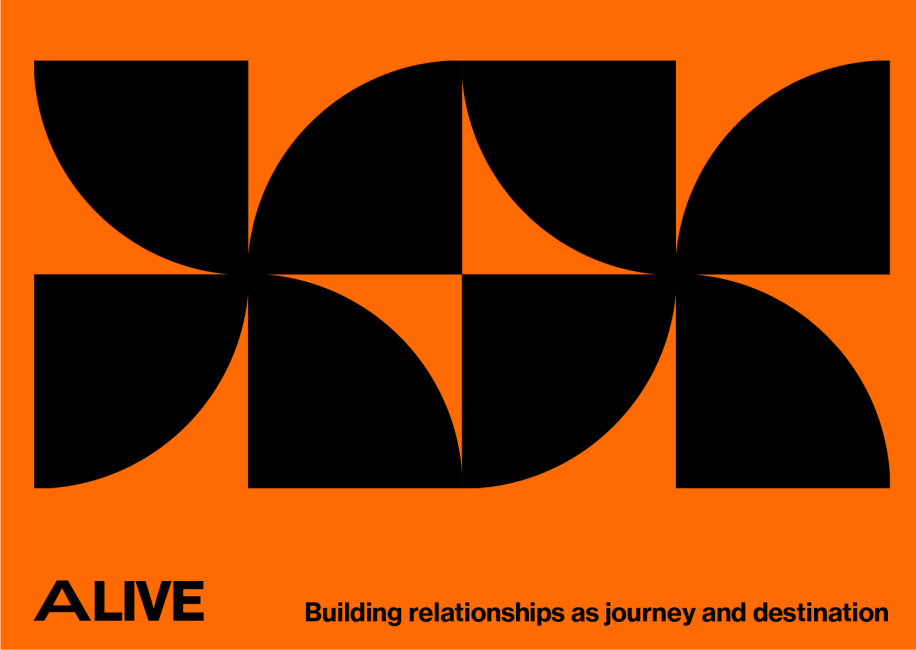
There’s no one-size-fits-all solution for all that’s bubbling within philanthropy. But there is a human truth that forms the deepest insight for making philanthropy deliver on its promise: leading with relationships. We can’t create the world we want, one where we all care for each other, without practicing it every single day.
In this time of tumultuous change, it’s critical we elevate and in fact celebrate that philanthropy is made up of people. People offering their best, people eager to spark change and do good. When we break down philanthropy – the moving of resources toward solutions – it’s really a set of human relationships and interactions.
And just think of the missed opportunity when giving is little more than writing checks. By entering into a dynamic relationship, and being open to a collaborative, nonlinear process of change, givers and grantees can achieve so much more.
This mindset clicked for Bosko Kante in positioning HiiiWAV as an opportunity for mutual success. “My attitude in asking people for funding has changed. It’s not a handout,” he explained. “It’s, ‘let’s do this thing together. Your part is financing. My part is execution. And together we’ll come out on the other side with something we’re all proud of and psyched about.’”
Leading with relationships requires trust, which in turn requires a lot of time and energy, it’s true. But when framed that way, the argument becomes even more compelling: do the work slowly, intentionally, and from a place of humanity to get at the deepest outcomes you exist to fund – or move quickly and transactionally and risk never moving past band-aid solutions.
With relational trust, the promise of philanthropy is no longer singularly about achieving a goal, but equally about the journey of working with others.
The new era in philanthropy is human
For Bosko Kante and HiiiWAV, the power of relationship became the heart of their ultimate triumph – a home for Black entrepreneurs to create a future of their own making. It was a community of artists, friends, family and neighbors who trusted his legacy, HiiiWAV’s vision, and the amazing potential for change that joined together to make it happen.
HiiiWAV succeeded at a human scale of one-to-one relationships and deep-rooted Oakland community love. Imagine if you applied that intimacy into the mindset and practices of a large foundation: acting from a place of genuine love, partnership, and mutuality.
The solutions start with each of us asking: Who am I? What do I bring? What do I receive? How do I listen? How do I love? Some might find that twee. But when you start small, and start with yourself, there’s infinite room to grow outward – from the systems we design, and the stories we tell and believe, to the ways we live out our purpose together in an evolving and transforming field of philanthropy.
How to Embody Regenerative Philanthropy: 9 Human Questions
Whether you’re working within philanthropic giving or simply navigating organizational development, here’s nine regenerative thinking questions to guide the way forward.
AWARE
- What is your intuition telling you? Get your hunches and hang-ups out in the open. Say them aloud. Write them down. What’s at stake? You might even have an idea what a solution looks like… Start there!
- Who is this really for? Check your assumptions. Check in with the people who stand to benefit. And then check in with the people who may otherwise be impacted. What would they say about it?
- What is present but unsaid? Tune in to the unspoken truths, the elephants in the room. Sit with them and get (un)comfortable. Welcome them as gifts. Let them become assets.
ADDITIVE
- What might we let go of? Transformation lies in letting go of what no longer serves us and creating space to welcome what never has been. What are the barriers to change?
- Who has power here? Those closest to the problem are often closest to the solution. How might you shift the decision-making to those with the most at stake in the outcome?
- What if everything was on the table? What if there were no constraints? Does that change your ambition or approach? See where this leads…
ALIVE
- Are you designing with, not just for? As an idea comes to life, don’t wait until the final stages to invite feedback. Bring people in early to co-create and make it as accessible and awesome as possible.
- What’s the radically simple version? What is the most important thing to say? How can you sum it up in two words, three attributes, one question? When you know the essence of the idea, all decisions and communications should reinforce it.
- Is it adaptable? Imagine the world five years from now. Is there room in the picture for you to respond to changing technology, climate, social norms? How might you look around corners and work with what’s on the other side?
For more on BBMG’s work developing and designing branding and communications for foundations, nonprofits, and mission-driven brands, click here.


